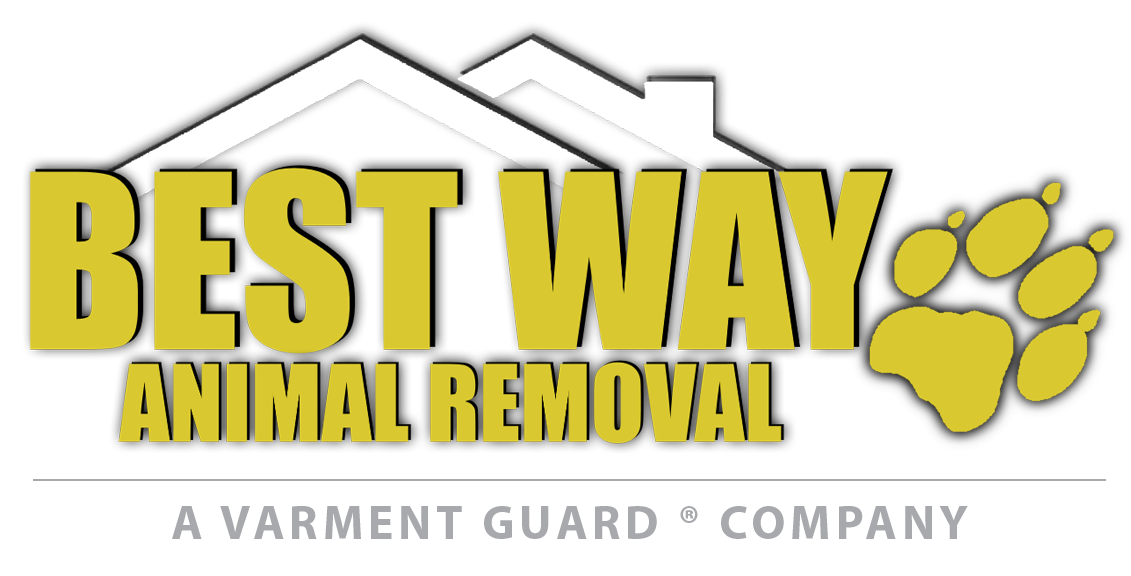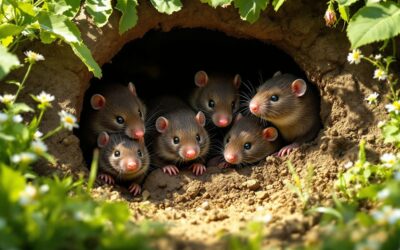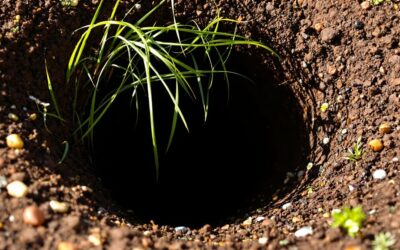Mole Trapping
Mole Control Services, When You Need It!
Moles can quickly excavate your lawn or garden into a series of tunnels all in the name of food. Moles are insectivores and consume 70-90% of their weight in grubs, insects, and worms each day. These digging habits destroy lawns, golf courses, and frustrate homeowners & businesses right here in West Michigan. Please call Best Way Animal Removal today at (616) 836-4255 if your lawn is displaying signs of mole damage.
How To Identify Moles?
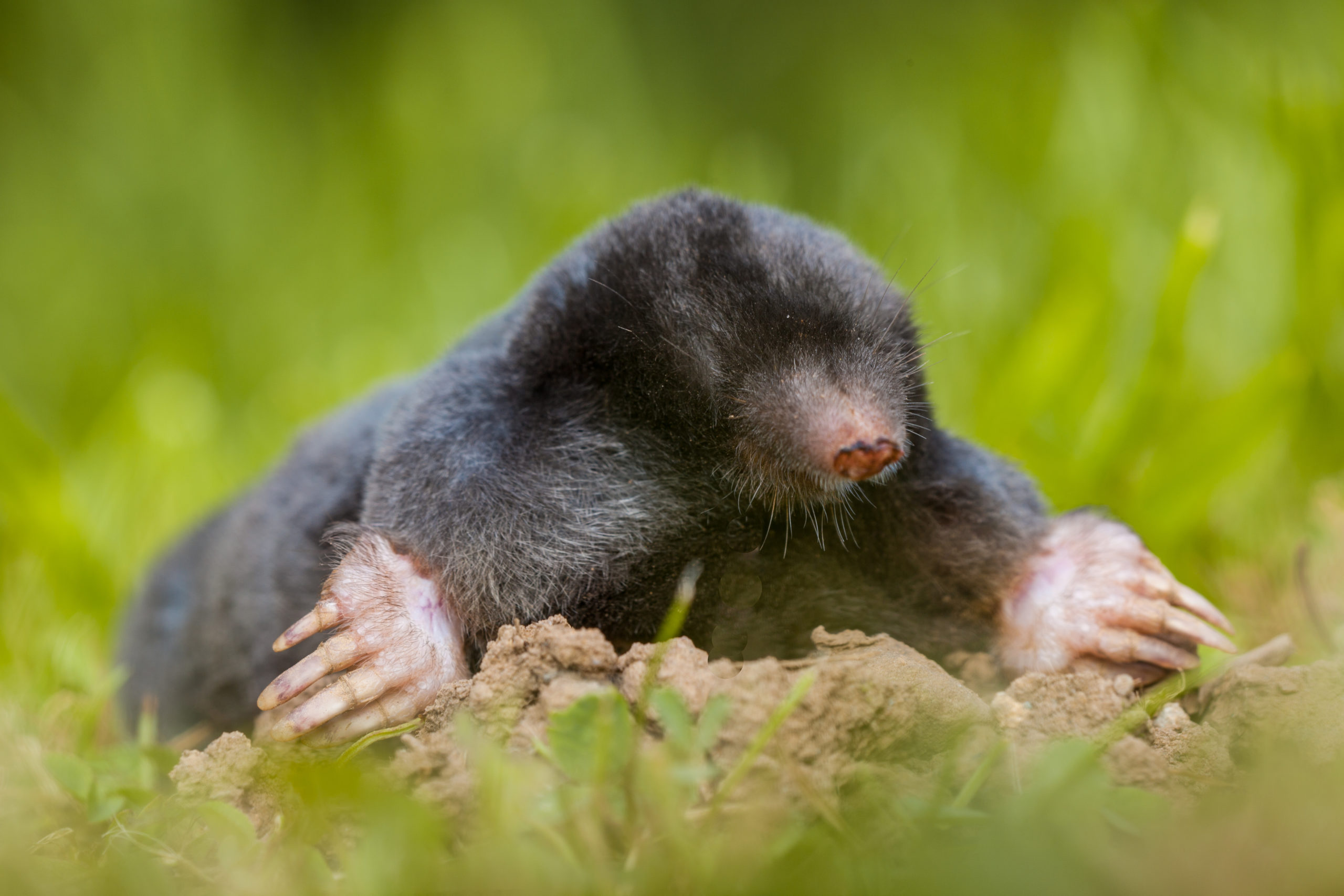
Moles are carnivorous ground dwellers of the rodent family who prefer to eat insects rather than your garden plants. On the other hand, underground mole tunnels can wreak havoc on your garden and lawn, as well as provide easy access to your plants for other rodents.
It could be a sign of trouble if you have a large infestation of moles or other pests. Moles prefer to live in soil that is rich in organic matter. Their unusually high numbers may be due to a high population of soil pests. As a result, it serves as a warning that something is wrong with the soil life.
With pointed muzzles, small eyes, and bodies shaped like Idaho potatoes, moles are a surprising little mammal. They swim underground while in motion, using their wide front flippers to part the soil. They prefer moist, loamy soil and are most active early in the morning or late in the evening in the spring and fall and after a warm rain.
Moles have a hairless, pointed snout that distinguishes them from other mammals. Fur covers their small eyes and ear canals, and they don’t have external ears. Their hind feet are large and broad, with webbed toes. The claws on their hind feet are slender and narrow. On average, they weigh about 1 lb. and measure 7 in. long.
Habitat Of Moles
Meadow, grassland, woodland, wetland, and riparian habitats are home to the majority of mole species. Some species, such as the desert shrew, can survive in arid environments. The Great Plains, eastern and southern United States, is where the majority of moles are found. The shrew-mole is a West Coast native.
What Attracts Moles To A Lawn?
Because you have a natural food source in your soil, such as grubs or earthworms, moles are attracted to your lawn. When moles burrow into our yards, they create raised tunnels on the surface and pile up dirt when they exit. They do this in order to find food. If grubs have attacked your lawn and you’ve noticed dead patches of grass, moles have probably come to feast on the grubs.
To survive, moles require a lot of food. A yard with grubs will be more appealing than one without them. If your lawn is healthy and free of dead patches, your soil is full of earthworms, which are a favorite food of moles. Moles can easily survive on a steady diet of earthworms.
Signs Of Mole Damage
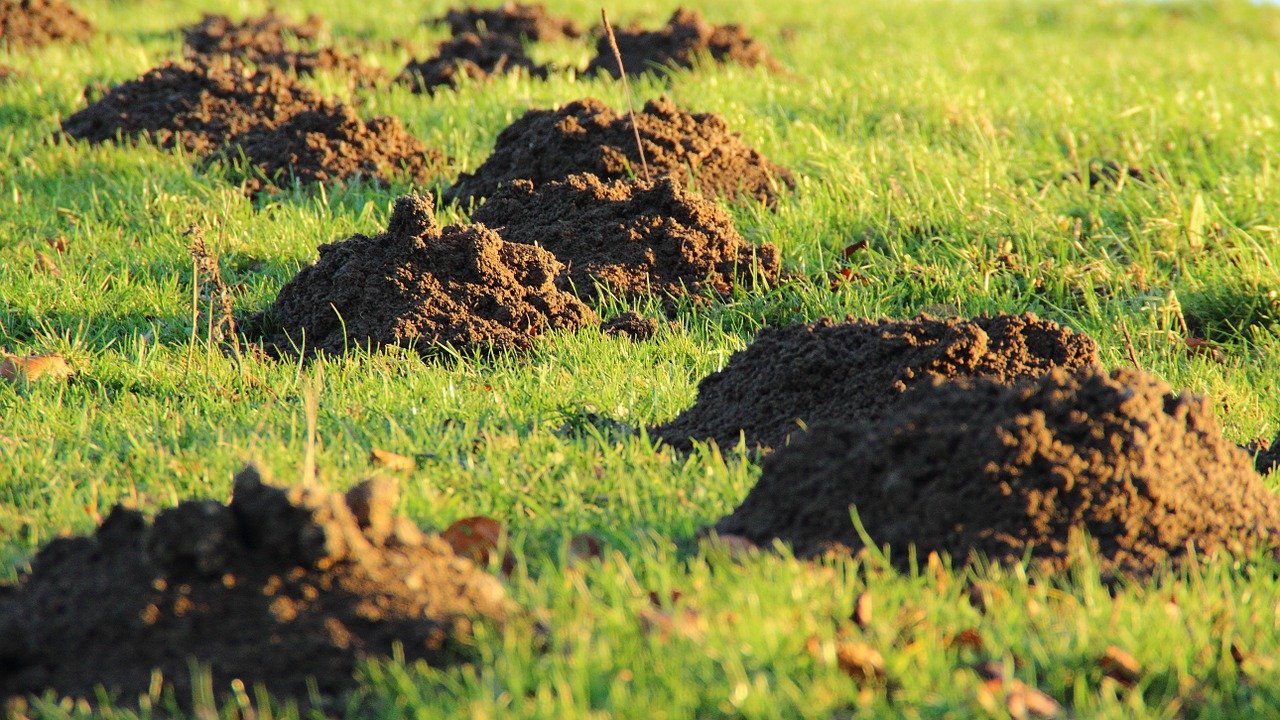
These creatures are nearly blind, and they spend the majority of their time underground, tunneling beneath the earth in search of food. Moles can tunnel at speeds of up to one foot per minute, wreaking havoc on all aspects of a lawn, including grass, flower beds, tree roots, and gardens. Runways and mounds are two types of identifying marks that moles leave in the ground. Runways are long, shallow tunnels that resemble small ridges on the surface of a lawn. When walked on, they will feel spongy and soft. In mole runways, open holes to the surface are uncommon.
Step down the entire length of a runway and leave it for a day to see if it’s active. The runway is inactive if it remains flat. It is active if it has reopened and has reverted to a rounded, tunnel-like shape. Mounds are a mole’s long-term solution to obtaining food. These tunnels are much more profound. Mole mounds have a conical shape and are relatively uniform in shape when they appear on the surface. Mounds notoriously kill large patches of grass.
Mole Control Options
Keeping moles out of gardens and yards requires altering the landscape to make it inhospitable to them. This can be accomplished by removing food sources in the soil, such as worms, grubs, and larvae, or compacting the soil with a heavy roller to make digging difficult. Moles can also be kept out of garden plots by burying fencing at least a foot deep in the ground. If the moles remain in the yard after removing grubs, installing humane mole traps is the only other option. Traps will best set strategically around your home in order to curb the mole infestation.
Our Mole Control Process
- Look for mole entry points in the lawn, landscape, and surrounding areas.
- Differentiate between damage caused by moles, voles, chipmunks, squirrels, and other animals.
- Determine which tunnels are currently operational.
- Figure out which tunnels are for eating and which are for traveling.
- To determine which trap works best, measure the depth and width of traveling tunnels.
- Determine which trap will work best based on the amount of moisture in the soil.
- Set as many traps as necessary to catch the moles.
- Continue to keep an eye on mole activity and trap until they have been successfully removed.
Remove Mole Infestations Today
Trapping moles is a time-consuming and challenging process that should be left to professionals due to the animal’s elusive nature. Best Way’s wildlife experts have the right tools, skills, and knowledge to deal with mole problems effectively and humanely. Attempting at-home removal options may result in further lawn damage as the moles continue to tunnel throughout the property. Contact us today to begin the mole eradication process.
Areas Serviced For Mole Trapping & Prevention
Allegan County, MI
Allegan, Douglas, Fennville, Holland, Hopkins, Martin, Otsego, Plainwell, Saugatuck, South Haven, Wayland
Kent County, MI
Byron Center, Caledonia, Casnovia, Cedar Springs, Comstock Park, Cutlerville, East Grand Rapids, Forest Hills, Grand Rapids, Grandville, Kent City, Kentwood, Lowell, Northview, Rockford, Sand Lake, Sparta, Walker, Wyoming
Muskegon County, MI
Casnovia, Fruitport, Lakewood Club, Montague, Muskegon, Muskegon Heights, North Muskegon, Norton Shores, Ravenna, Roosevelt Park, Twin Lake, Whitehall, Wolf Lake
Ottawa County, MI
Coopersville, Ferrysburg, Grand Haven, Holland, Hudsonville, Zeeland, Spring Lake, Allendale, Beechwood, Jenison, MI
Mole Control Coopersville, MI
Mole Control Ferrysburg, MI
Mole Control Grand Haven, MI
Mole Control Holland, MI
Mole Control Hudsonville, MI
Mole Control Zeeland, MI
Mole Control Spring Lake, MI
Mole Control Allendale, MI
Mole Control Beechwood, MI
Mole Control Jenison, MI
Mole Control Agnew, MI
Mole Control Bauer, MI
Mole Control Beaverdam, MI
Mole Control Big Spring, MI
Mole Control Blendon, MI
Mole Control Borculo, MI
Mole Control Conger, MI
Mole Control Conklin, MI
Mole Control Crisp, MI
Mole Control Crockery Lake, MI
Mole Control Dennison, MI
Mole Control Drenthe, MI
Mole Control Eastmanville, MI
Mole Control East Allendale, MI
Mole Control Finnasey, MI
Mole Control Forest Grove, MI
Mole Control Gooding, MI
Mole Control Grand Valley, MI
Mole Control Harlem Station, MI
Mole Control Harrisburg, MI
Mole Control Herrington, MI
Mole Control Jamestown, MI
Mole Control Lamont, MI
Mole Control Lisbon, MI
Mole Control Macatawa, MI
Mole Control Marne, MI
Mole Control North Blendon, MI
Mole Control Nunica, MI
Mole Control Ottawa Center, MI
Mole Control Pearline, MI
Mole Control Port Sheldon, MI
Mole Control Reno, MI
Mole Control Robinson, MI
Mole Control Spoonville, MI
Mole Control Tallmadge, MI
Mole Control Vriesland, MI
Mole Control West Olive, MI
Mole Control Wright, MI
Mole Related Articles
Is It a Mole or a Vole?
Is it a mole or a vole? Discover the key differences between these two creatures and learn how to identify them in your garden.
What Month Are Moles Most Active?
Uncover the months when moles are most active and learn how this knowledge can help you manage their presence in your garden effectively.
How to Fix Lawn After Moles?
Wondering how to restore your lawn after mole damage? Discover effective steps to reclaim your yard and prevent future issues.
How Many Moles Live Together?
You might be surprised to learn how many moles live together and the factors that influence their unique social structures.
Will a Mole Bite You?
The truth about moles and their biting behavior might surprise you, revealing unexpected insights into these fascinating creatures’ interactions with humans.
Where Do Moles Go During the Day?
Secrets of moles’ daytime retreats reveal their fascinating underground world—discover how these elusive creatures evade danger and thrive in darkness.
Should You Flatten Mole Hills?
Pros and cons of flattening mole hills reveal surprising impacts on your lawn’s health—discover what you need to know before taking action!
How Do You Find the Main Mole Tunnel?
Find out the secrets to locating the main mole tunnel and uncover the fascinating methods that can lead you to these elusive creatures.
Why Do I Suddenly Have Moles in My Yard?
Learn why moles may suddenly appear in your yard and discover what their presence could mean for your garden’s health and beauty.
Will Moles Eventually Leave My Yard?
Are moles destined to stay in your yard forever, or will they eventually move on? Discover the factors influencing their departure.
Contact
Best Way Animal Removal
6049 145th Ave
Holland, MI 49423
Quick Links
Location
